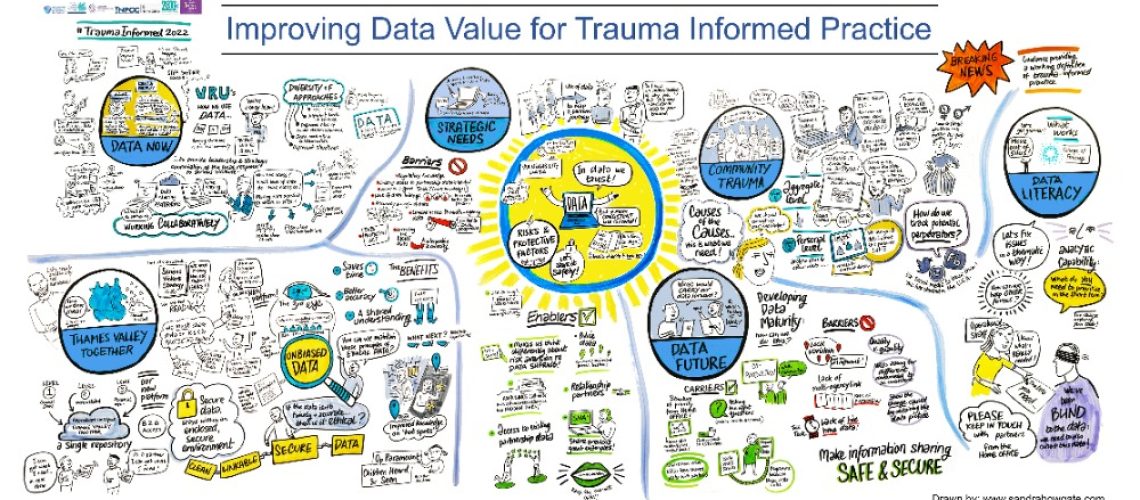By Teigan Whiffing, Lancashire Violence Reduction Network Intelligence Analyst
In short, data can make our communities safer and I’m a true believer of that. My mum always used to joke about how I was that kid who constantly asked ‘why’ to everything. It didn’t matter what we were talking about, I had to know ‘why’.
Why do clouds move? Why do dog’s tails wag? Why do some people do bad things?
Working within the Lancashire Violence Reduction Network (LVRN) allows me to pursue this curiosity and instead of simply reacting to crime, look at the underlying causes of what is happening within an area and how we can prevent violent behaviour before it happens.
Data can reveal previously hidden information about various subjects and if we know of all these reasons why someone may go on to hurt someone else, commonly because they have been a victim themselves, then why are we only treating them as a criminal?
I truly believe the answers we need come from asking data the ‘why’ question.
Why are certain areas hotspots for violence? Why are there particular demographics more prevalent in the perpetrator and/or victim cohort? Why is one approach more effective than another? Why did we not recognise this person as being ‘at-risk’ before something happened?
Data is incredibly rich, it provides huge amounts of information, and when drawn together provides answers. However, to fully understand what the problem may be, we need to look at the data in the way we look at humans, multi-dimensional.
How often do we hear in serious case reviews that a system flaw was the lack of data and information sharing? That had organisations have shared, we would have known the risk that someone posed or the risk that they were in as we would see them holistically, rather than determining the appropriate response based on one aspect of their life that does not capture their full lived experience.
Whilst there are great examples of services and organisations working with perpetrators and victims of serious violence globally, there is no dispute that the demand is just too great. All services are struggling, resource and capacity is low, and many are frustrated with the ‘merry-go-round’. There is a recognition that being responsive won’t solve the problem but shifting to prevention just might.
To be preventative, we need to look at the problem through a public-health lens. This approach is something that underpins all the work by the LVRN. By that we mean, we are preventative in addressing ‘upstream’ risk factors such as deprivation and poverty, educational attainment, access to meaningful activities, and exposure to crime, to lessen the ‘downstream’ consequences such as gang involvement, exclusion from school, substance misuse and so on.
By overlaying data on social determinants, identifying drivers and ‘causes’ of criminality, and highlighting cohorts and areas of risk, this data can guide decision-making at a strategic, tactical, and operational level. It can be better direct resource and free up capacity, it can support problem-solving, it can reduce and prevent vulnerability, and as a result it can help to keep communities safe from serious violence.




